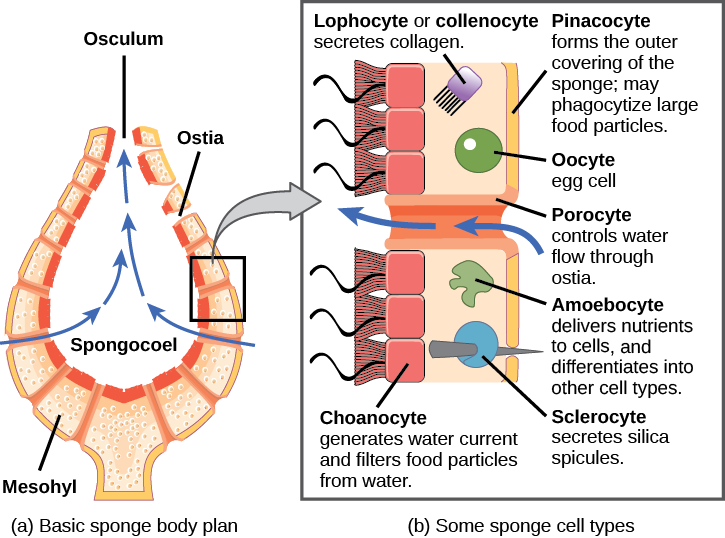Answer: Adjustment by external factors: The sponge does not have nerve cells to regulate body function. In most cases, individual cells respond to stimuli. For example, light suppresses the contraction of the porosite and other cells that surround the mouth. 18th. 2020г.
How does the sponge support the structure of the body?
Sponge spicules: Structural elements found in most sponges that provide skeletal-like structural support. Sponge spicules can be made of silica or calcium carbonate.
Which physical function is performed by the sponge?
All other major physical functions (gas exchange, circulation, excretion) within the sponge are due to diffusion between the cells that line the openings in the sponge and the water that passes through those openings. It will be executed. All cell types in the sponge get oxygen from water by diffusion.
How are the cells in the sponge arranged?
* Cells are located in a gelatinous extracellular matrix called mesohyl. Body types: There are three body types of sponge: asconoid, syconoid, and leuconoid. .. Siconoids usually do not form highly branched colonies like asconoids. During development, the siconoid sponge goes through the asconoid stage.
Does the sponge have a specific body plan?
Sponge has three different body plans: asconoid, synconoid, and leuconoid. Sponge feeding is highly dependent on some specialized cells in the organism, such as choanocytes, amoebic cells, and porosite.

Below you will find two helpful answers on a similar topic. 👇
What is the body wall of a sponge made of?Which animal needs the least sleep?
